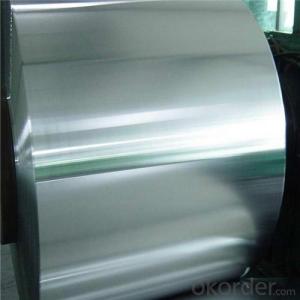Steel rebar, also known as reinforcement bars, is an essential component in modern construction projects. These steel bars are used to reinforce concrete structures, providing strength and stability. In this comprehensive guide, we will explore the various aspects of steel rebar, from its history to its applications and benefits.
The History of Steel Rebar
The concept of reinforcing materials dates back to ancient times. However, the use of steel rebar became more prevalent in the 19th century with the advancement of steel production techniques. The first patent for steel reinforcement was granted to a Frenchman, François Cramois, in 1853. Since then, steel rebar has been an integral part of the construction industry.
Why is Steel Rebar Important?
Steel rebar is crucial for several reasons. It enhances the tensile strength of concrete, which is naturally weak in tension. By combining steel rebar with concrete, we create a composite material that is strong in both compression and tension. This allows us to build taller buildings, longer bridges, and more robust infrastructure.
Types of Steel Rebar
There are various types of steel rebar, each with its own properties and applications. Some common types include:
– Plain Round Rebar: The most basic type, used for general reinforcement in concrete structures.
– Deformed Rebar: Featuring ridges or deformations that improve bond with concrete, commonly used in high-strength applications.
– Epoxy-Coated Rebar: Coated with epoxy to protect against corrosion, suitable for environments with high exposure to water or chemicals.
– Galvanized Rebar: Coated with zinc for corrosion resistance, often used in marine environments or areas with high humidity.
Manufacturing Process of Steel Rebar
The manufacturing process of steel rebar involves several steps, including:
1. Melting: Steel scrap and iron ore are melted in an electric arc furnace.
2. Casting: The molten steel is cast into billets, which are then rolled into rebar shapes.
3. Deformation: For deformed rebar, ridges are added to improve the bond with concrete.
4. Coating: Some rebar may undergo additional processes for corrosion protection, such as epoxy or galvanization.
5. Quality Control: Each batch of rebar is tested for strength, ductility, and other properties to ensure it meets industry standards.
Applications of Steel Rebar
Steel rebar is used in a wide range of construction projects, including:
– Buildings: High-rise buildings, residential homes, and commercial structures.
– Bridges: Both short-span and long-span bridges rely on rebar for support.
– Infrastructure: Highways, tunnels, and dams are built with reinforced concrete.
– Industrial Construction: Factories, power plants, and other industrial facilities often use rebar for reinforcement.
Benefits of Using Steel Rebar
The benefits of using steel rebar are numerous, including:
– Increased Strength: Steel rebar significantly improves the strength of concrete structures.
– Durability: Properly maintained, steel rebar can last for decades without corrosion.
– Cost-Effectiveness: Steel rebar is relatively inexpensive compared to other reinforcement materials.
– Versatility: It can be used in various applications and forms to suit different construction needs.
Challenges and Solutions
Despite its many advantages, steel rebar faces some challenges, such as:
– Corrosion: Exposure to water and chemicals can lead to corrosion. Solutions include using epoxy-coated or galvanized rebar.
– Supply Chain Issues: Shortages in steel production can affect the availability of rebar. Diversifying suppliers and investing in local production can help mitigate this issue.
– Environmental Impact: The production of steel rebar has an environmental footprint. Recycling and using sustainable materials can help reduce its impact.
The Future of Steel Rebar
As the construction industry continues to evolve, so does the use of steel rebar. Innovations in materials and construction techniques are leading to new applications and improvements in the way we use steel rebar. Some potential future developments include:
– Advanced Coatings: New coatings could provide better protection against corrosion and other environmental factors.
– Alternative Materials: Research into alternative materials, such as fiber-reinforced polymers, could offer new options for reinforcement.
– Sustainable Practices: Embracing sustainable practices in the production and use of steel rebar will be crucial for the industry’s future.
Conclusion
Steel rebar is a vital component in the construction industry, providing strength and stability to concrete structures. Its history, types, manufacturing process, applications, benefits, and future developments all contribute to its importance. As we continue to innovate and find new ways to use steel rebar, its role in shaping our built environment will only grow.

